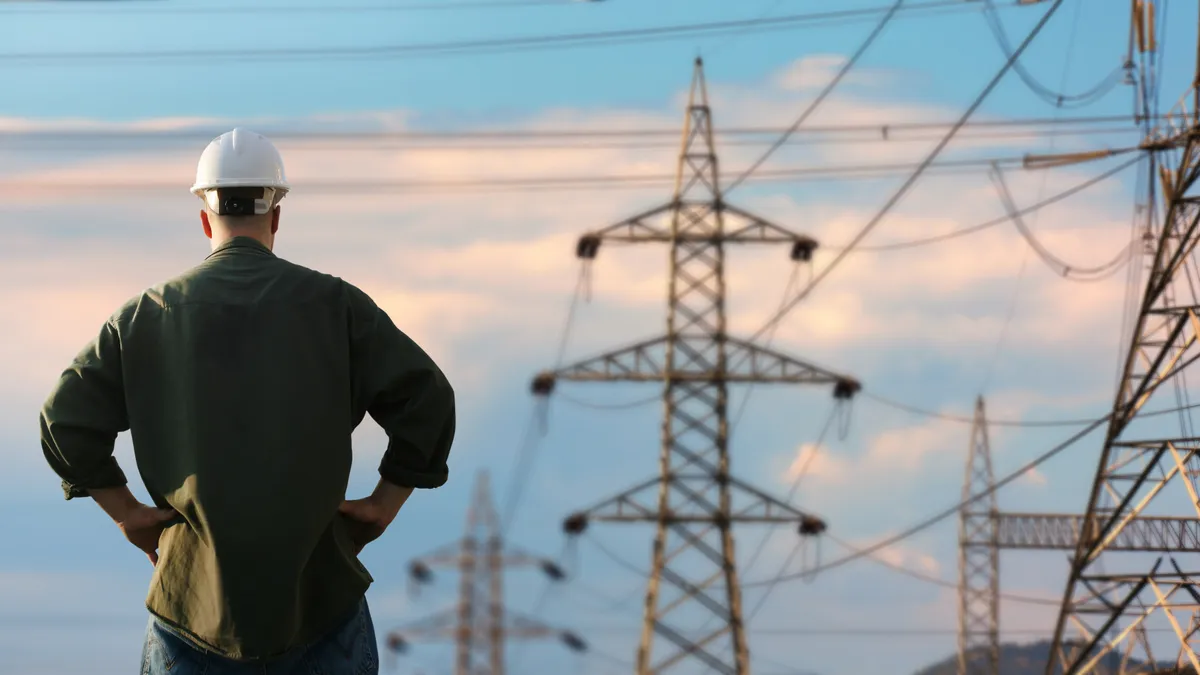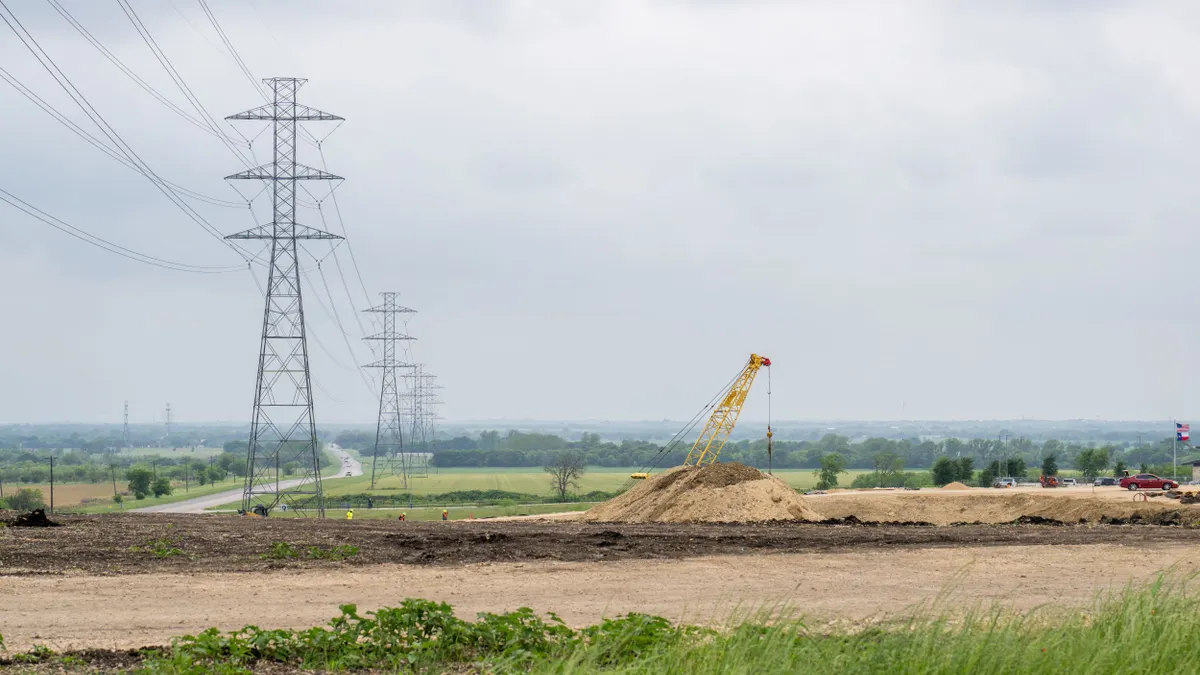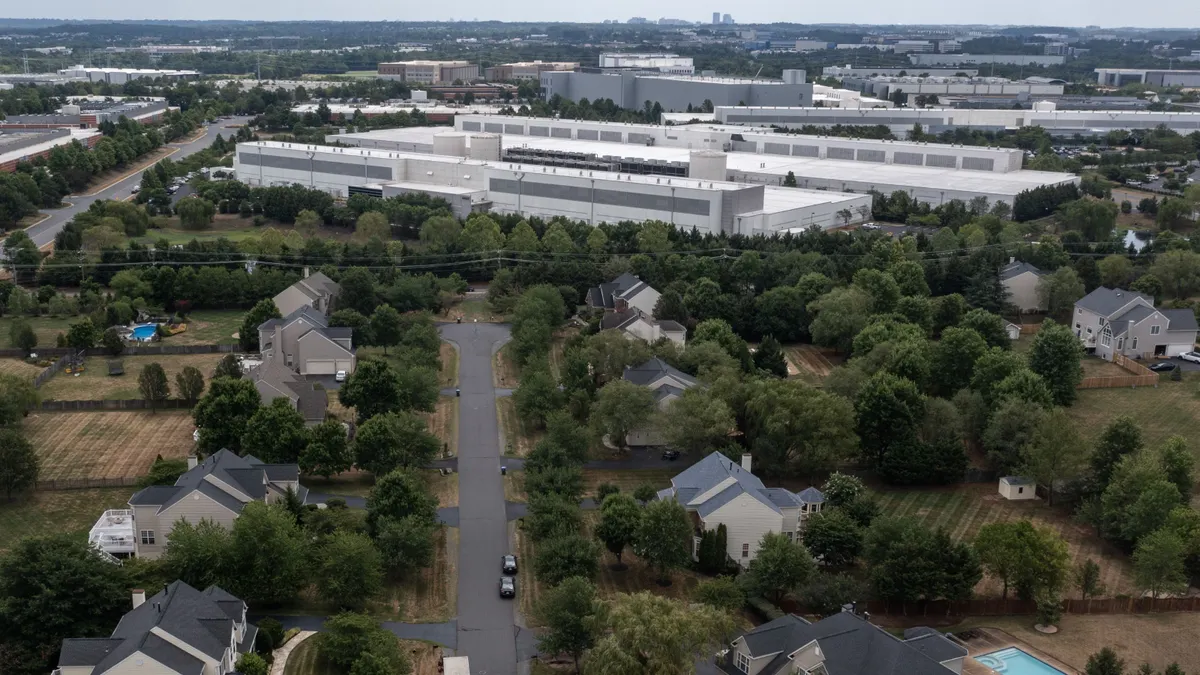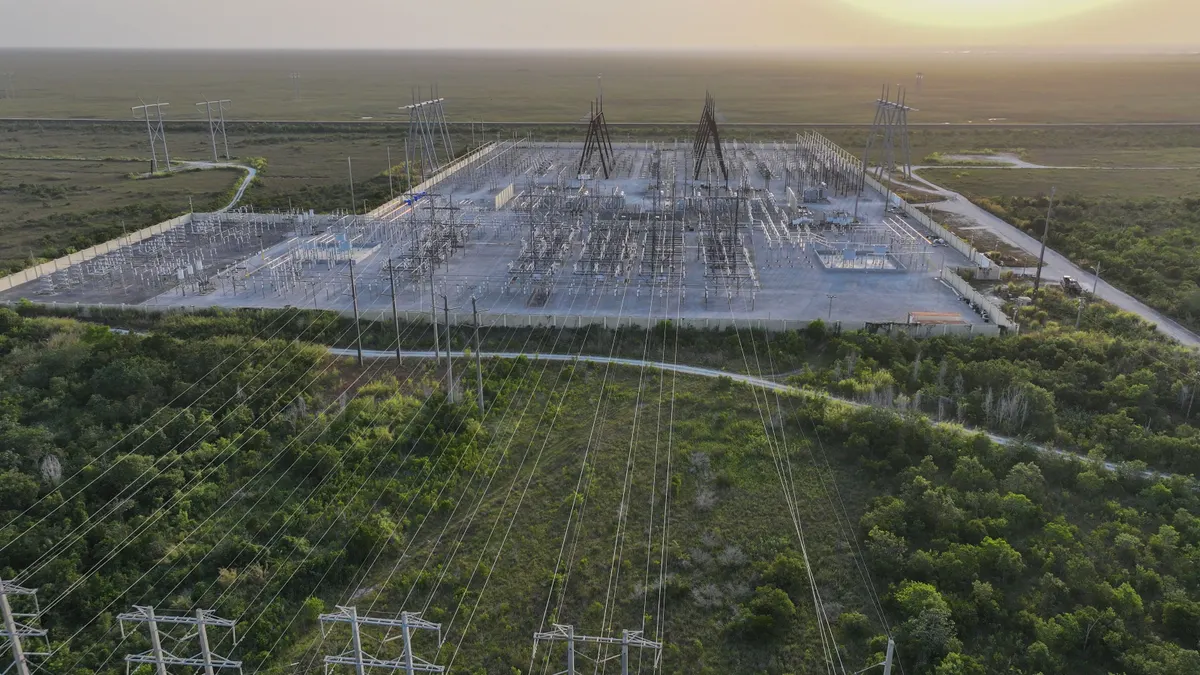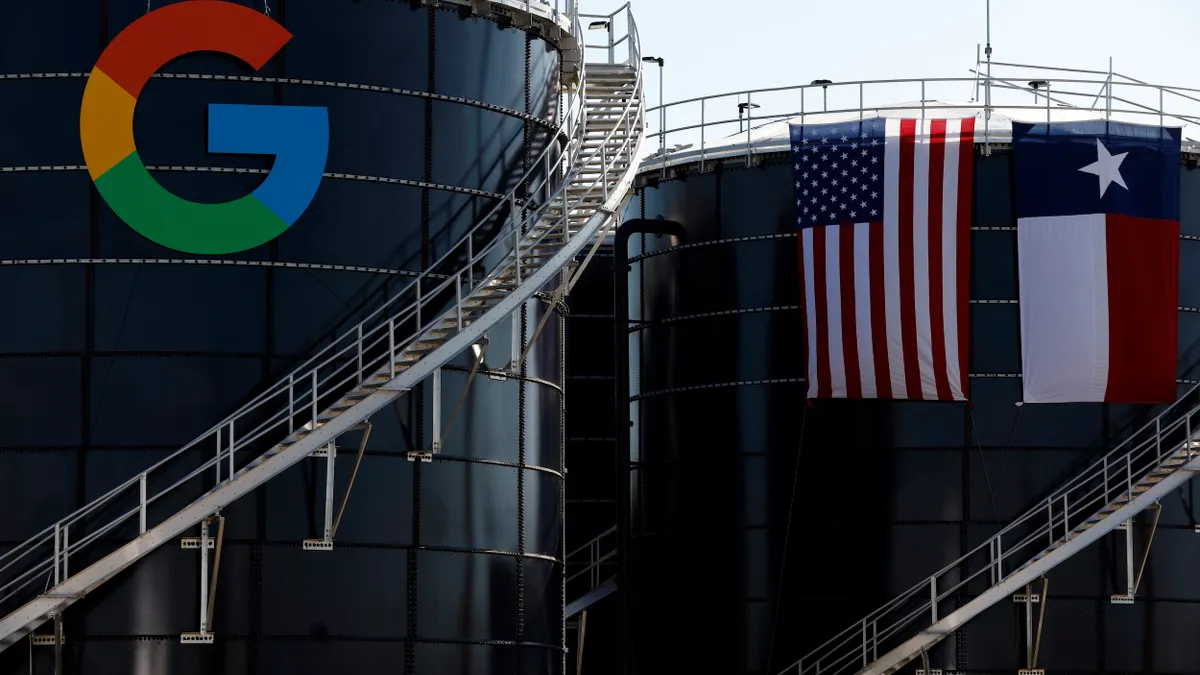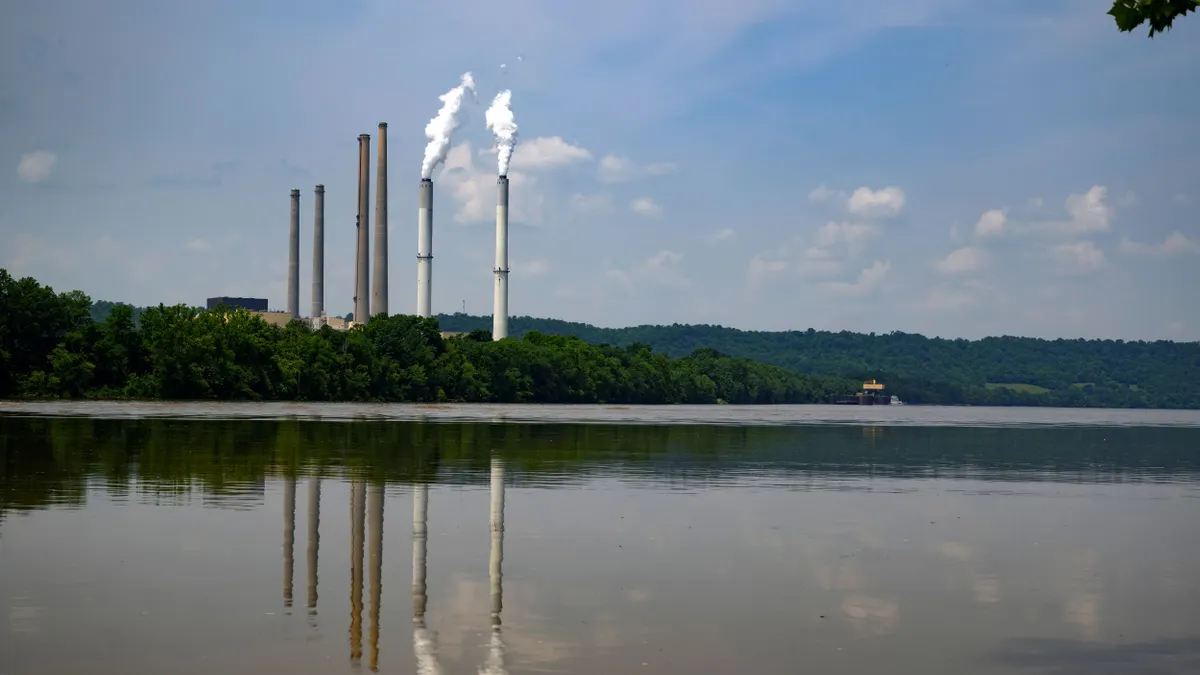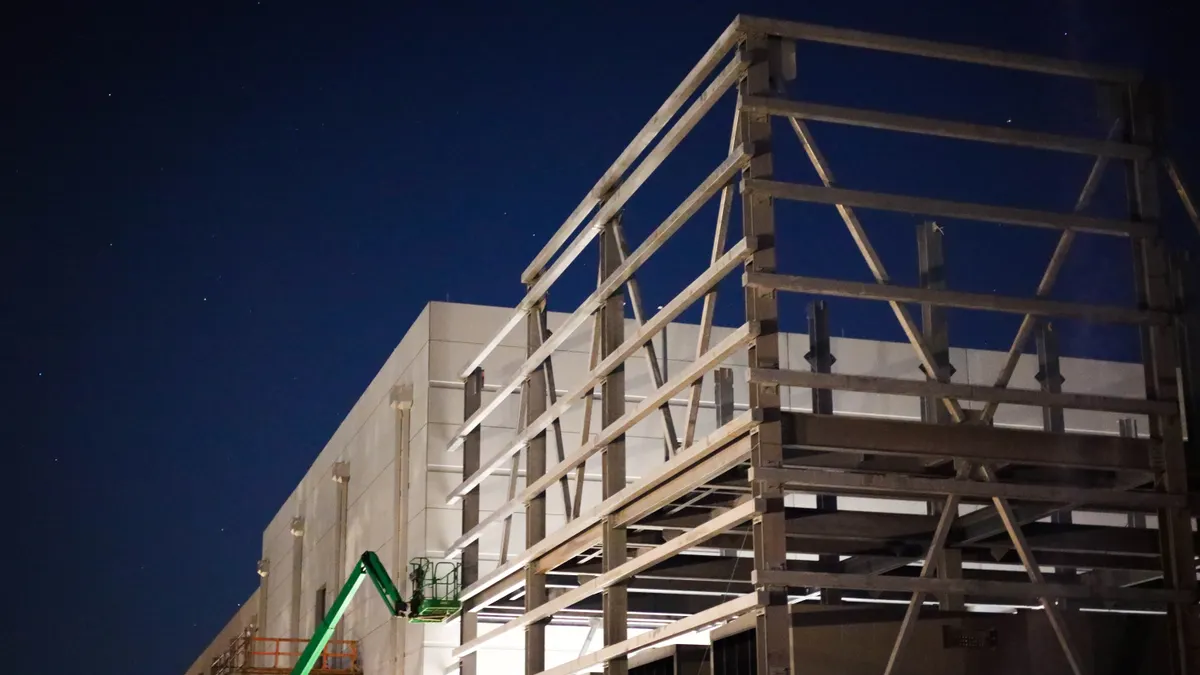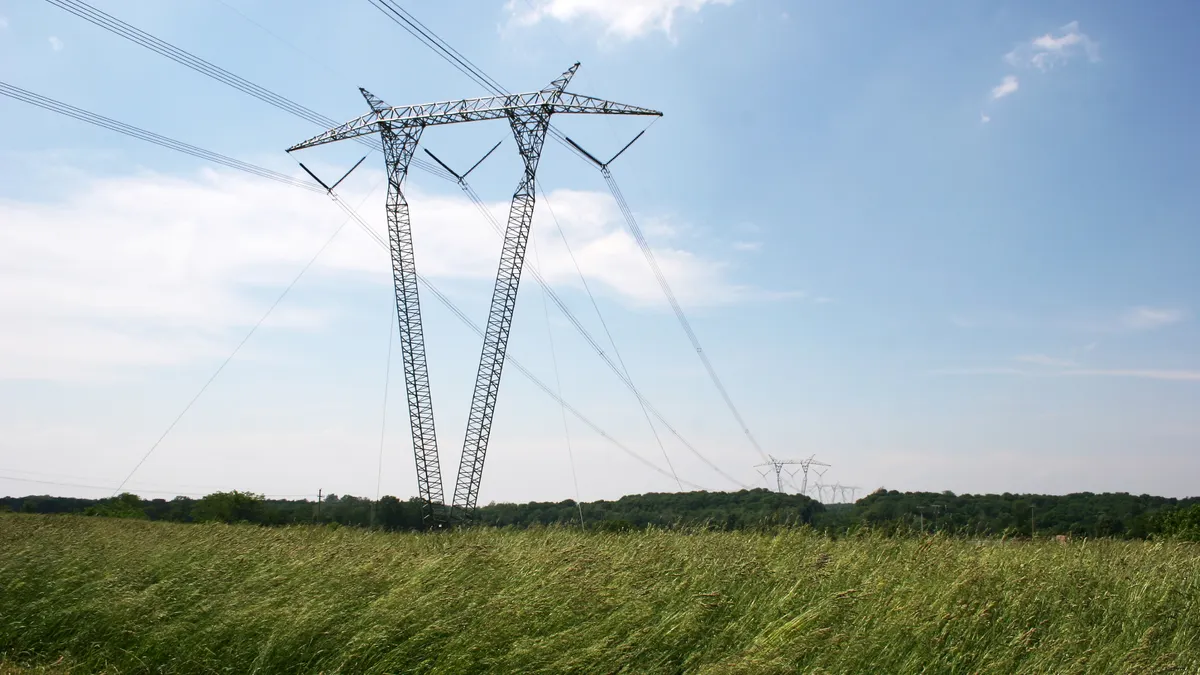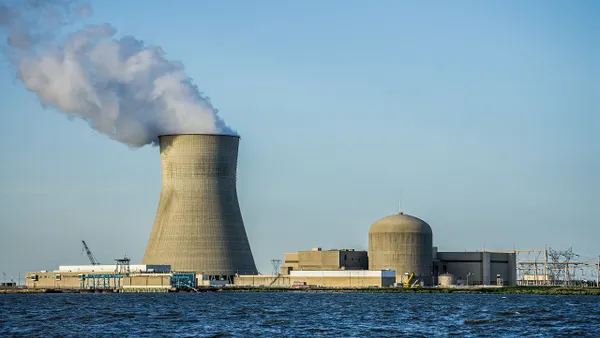Matt Carrara is president of Doble Engineering.
As the world transitions toward a more electrified and interconnected future, this will be a pivotal year for the power industry. With growing energy demands, the shift toward renewable energy and an aging workforce, utility professionals are at the forefront of solving some of the world’s most critical challenges. These trends underscore the need for bold thinking, teamwork and a relentless focus on resilience. Here are four key trends shaping the power industry this year and the strategies needed to navigate these challenges effectively.
Workforce challenges: Bridging the talent gap
The power industry is facing a workforce shortage as experienced professionals retire at an accelerated pace. According to the Department of Labor, nearly half of the current workforce in the sector will retire within the next decade. At the same time, non-retirement turnover has increased significantly, further compounding the talent gap. This loss of institutional knowledge coincides with a surge in electricity demand driven by electric vehicle adoption, data center expansion and renewable energy integration.
The industry’s ability to attract, train and retain the next generation of workers is vital for maintaining grid reliability and enabling future innovation. To address these challenges, utilities must rethink talent acquisition and workforce development. Structured mentorship programs can facilitate knowledge transfer between retiring experts and younger professionals, preserving technical expertise and fostering leadership skills. Training programs must evolve beyond traditional methods to include digital literacy, adaptability, and proficiency in emerging technologies like AI and machine learning. Hands-on experience through advanced simulation environments can better prepare workers for modern grid management. Expanding recruitment efforts and supporting underrepresented groups will introduce fresh perspectives, enhancing industry resilience. Additionally, to compete for talent, utilities must offer competitive salaries, career growth opportunities and innovative work environments.
Bringing in new talent isn’t just about filling roles; it’s about building a strong, skilled workforce that’s ready to tackle the challenges ahead.
The energy transition and electrification
The accelerated push toward renewable energy and the electrification of industrial sectors are redefining the power industry. EVs alone are expected to significantly increase energy demand, with global EV sales rising steadily. Additionally, the rapid expansion of data centers — essential to supporting AI and other digital technologies — have driven electricity use up by over 50% in early 2024, creating further strain on the grid.
At the same time, decentralized energy systems and distributed energy resources, such as rooftop solar and battery storage, are transforming traditional grid dynamics. Utilities must embrace innovative solutions to adapt. Smart grid technologies, which enable real-time monitoring and energy distribution management, are key to improving efficiency, reducing outages and facilitating better DER integration. Advanced battery storage solutions are also crucial for the intermittency of renewable energy sources by balancing supply and demand and ensuring grid stability during peak periods.
Collaboration between utilities, regulators and policymakers is essential to navigating this transition effectively. Policymakers must establish clear and stable regulatory frameworks that support investment in renewables, energy storage and grid modernization. Streamlining permitting processes and offering financial incentives can accelerate the deployment of new technologies while ensuring economic feasibility for utilities and consumers. Public-private partnerships can further drive innovation by integrating private sector investment and expertise into large-scale energy initiatives, fostering solutions such as AI-driven energy forecasting and smart grid enhancements. Additionally, geopolitical tensions may slow down green energy investments, requiring utilities to develop resilient supply chains and alternative funding sources to maintain progress.
The energy transition is both a challenge and an opportunity — a chance to rethink how power is generated and delivered while ensuring long-term grid reliability.
Aging infrastructure, cybersecurity and grid resilience
Over 70% of the U.S. power grid is more than 25 years old, making modernization an urgent priority. This aging infrastructure poses significant risks to reliability and safety, especially as climate change intensifies extreme weather events. Upgrading the grid requires proactive investment in predictive maintenance strategies and advanced diagnostic tools. Condition monitoring systems can help utilities detect and address potential failures before they occur. Additionally, digital twin technology — virtual models of grid components — can optimize maintenance schedules, simulate potential scenarios and enhance operational efficiency.
Cybersecurity threats are also escalating as digital and interconnected grids become more prevalent. Recent years have seen an uptick in attacks on utilities — last year alone saw a 71% increase in cyberattacks — ranging from ransomware incidents to nation-state-led cyber intrusions targeting grid control systems. The consequences of a successful attack could be devastating, leading to widespread power outages, equipment failures and compromised customer data. Strengthening cybersecurity protocols like implementing real-time threat detection powered by AI, complying with regulations like NERC CIP standards, and adopting incident response plans that integrate both cybersecurity measures and physical security strategies are critical to ensuring grid security. As utilities embrace digital transformation, cybersecurity must be embedded in every aspect of operations to protect critical infrastructure from attacks.
Another emerging challenge is the exponential rise in energy-intensive data centers, which are driving unprecedented demand for electricity. Utilities must invest in grid upgrades and advanced power management solutions to support this growing sector. At the same time, balancing the transition to carbon-free energy sources with grid reliability will require increased investment in infrastructure and renewable energy integration.
By leaning into smarter technology, strengthening cybersecurity defenses and taking proactive steps to modernize, utilities can enhance grid resilience and reliability for generations to come.
Looking ahead: Building a resilient future
The power industry’s challenges are significant, but they are not insurmountable. Addressing workforce shortages, navigating the energy transition, and modernizing and protecting our infrastructure will require bold action and collaborative effort. By leveraging advanced technologies, investing in talent, and fostering a culture of innovation, utilities can build a more resilient and sustainable power grid.
The stakes are high. Reliable electricity is the backbone of modern society, powering everything from homes and hospitals to industries and innovations. As utility professionals tackle the complexities of 2025 and beyond, their work will not only shape the energy sector but also safeguard the future of communities worldwide. It won’t be easy, but with grit, ingenuity and a commitment to the future, together we can rise to the challenge and power a brighter tomorrow.


